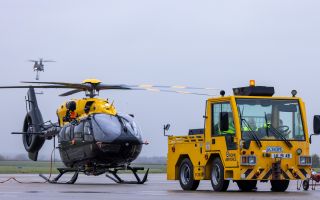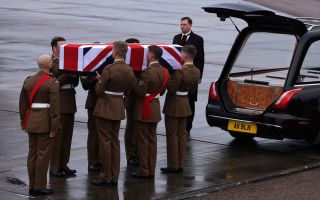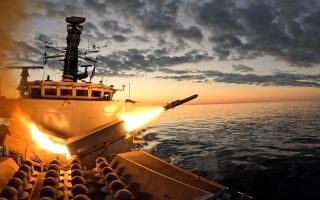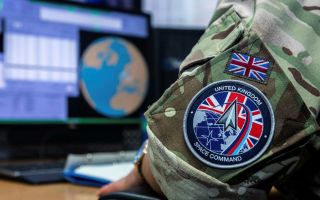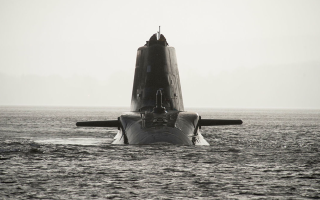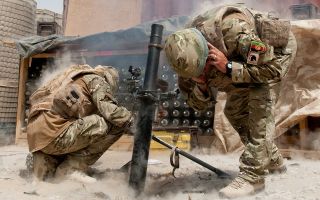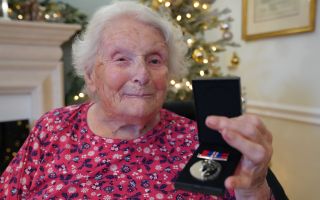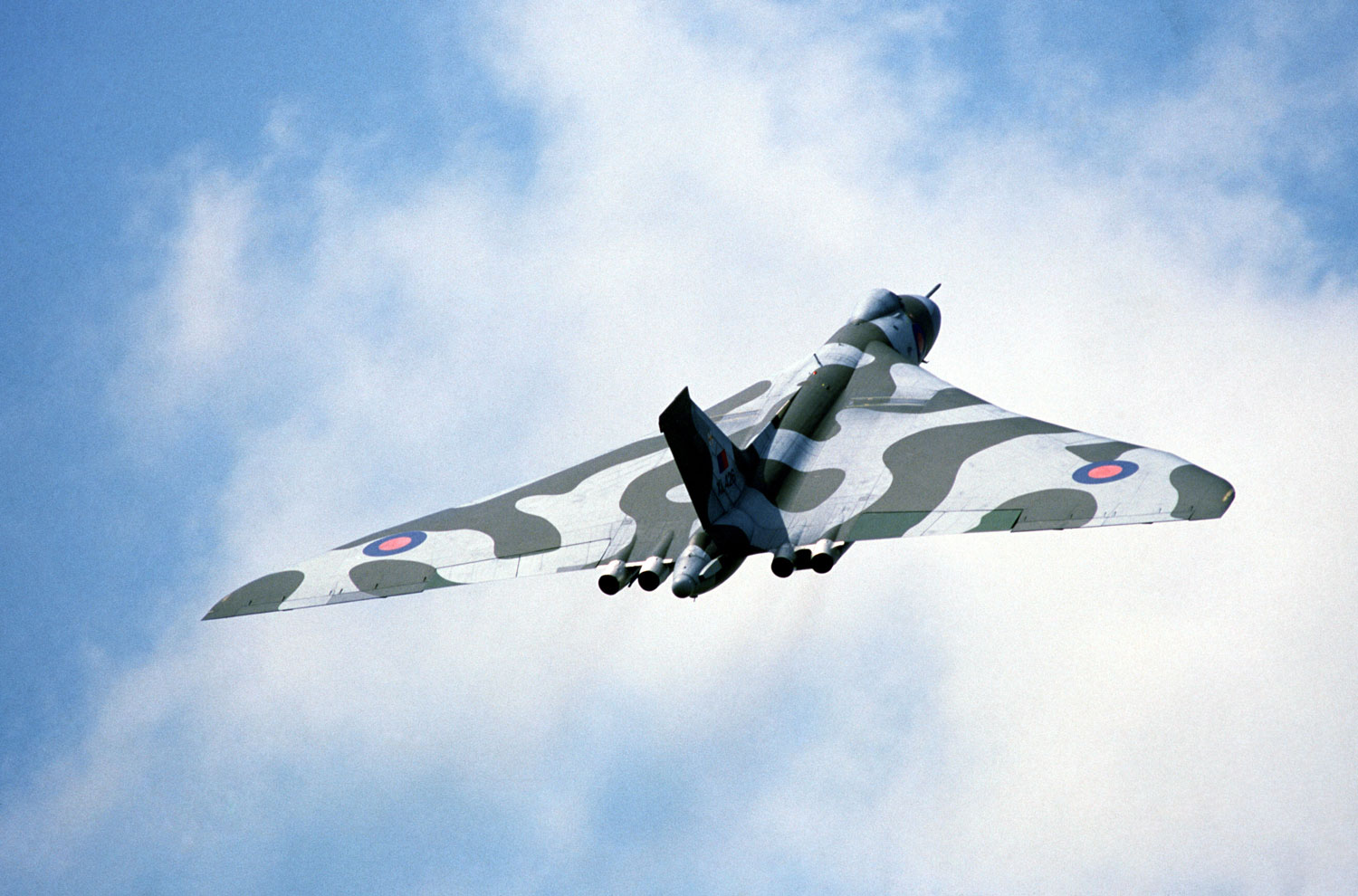
Tri-Service
Vulcan: The Legacy

The last airworthy Vulcan bomber will continue to inspire youngsters and other heritage flying groups despite it taking its last flight in 2015, say the team that brought it back to the skies.
The 55-year-old nuclear bomber - XH558 - flew for the last time in October after a summer delighting millions of people at air shows and fly-pasts around the UK.
Such was the popularity of the the aircraft that the Vulcan To The Sky Trust, which restored it and flew it, had to keep details of its final flight secret so fans would not bring operations to a halt at Robin Hood Airport, in Doncaster, where XH558 is based.
The Vulcan flying in formation with the Red Arrows
Michael Trotter, business development director at the trust, said he and his colleagues are determined to make sure the end of the Vulcan's flying days are a new beginning for the project.
Mr Trotter said their plans for the future include a permanent exhibition aimed at educating the next generation about the Cold War and British engineering as well as an academy to train and inspire future engineers.
But the core of the trust's activities will be expanding the public's access to XH558 in its hangar in Doncaster and enthusiasts will still be able to experience the distinctive howl of the aircraft's powerful engines as the trust is hoping to start "fast-taxiing" the Vulcan around the airport at events starting in the spring. Mr Trotter said:
"We have to leave a proper legacy. To spend £25 million just to leave a gate guardian would be a travesty. Inspiring the next generation has got to be crucial to this."
He said a key focus for his team will be to help other heritage flying projects learn from the Vulcan To The Sky experience with everything from fundraising to specialist engineering.
The People's Mosquito is one of the return-to-flight groups they are working with - the plan to bring a crashed Mosquito back to flight.
Mr Trotter said: "We're now talking to other heritage aircraft projects so we can keep our supporters' interest in active heritage flying projects which we believe passionately in for their heritage value to the nation but also to inspire youngsters.
"It is simple technology like the Mosquito and the Vulcan that makes engineering accessible to youngsters."
"We're busily at it all the time and, hopefully, we can bring some of that experience and expertise we've gained to other projects."
XH558 was built in 1960 and entered service with the RAF in the role the Vulcan was built for - to carry Britain's nuclear deterrent to the heart of the Soviet Union.
More -Vulcan: End of an Era
It was the last Vulcan to fly as an RAF aircraft in 1992 and was brought back into service after years of work in 2008.
But XH558 lost its permit to fly at the end of October as the engineering firms who helped keep it in the air finally accepted that they no longer have the 1950s' skills available to ensure safety.
Despite being built as nuclear bombers, the Vulcans' most famous mission was in 1982 when they bombed the runway at Port Stanley during the Falklands War - a raid which has gone down in military history due to the complex multiple refuelling operation that was necessary over such huge distances.


